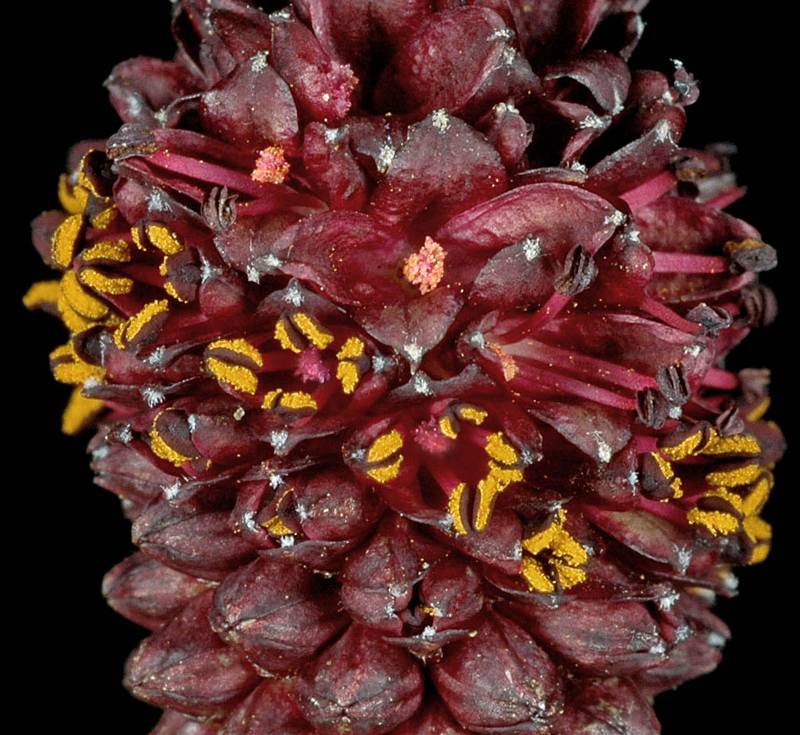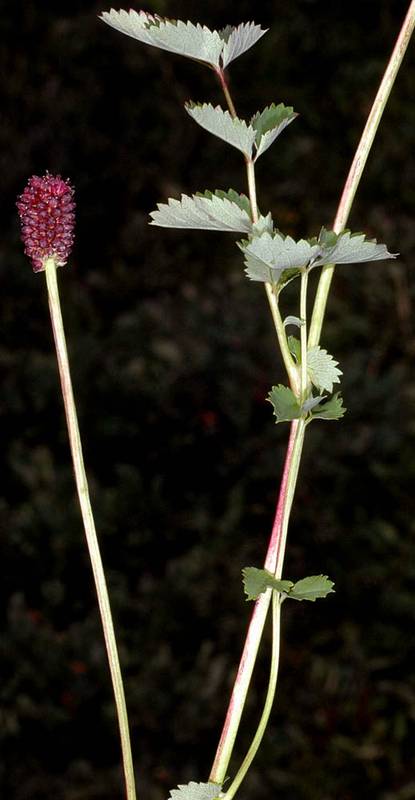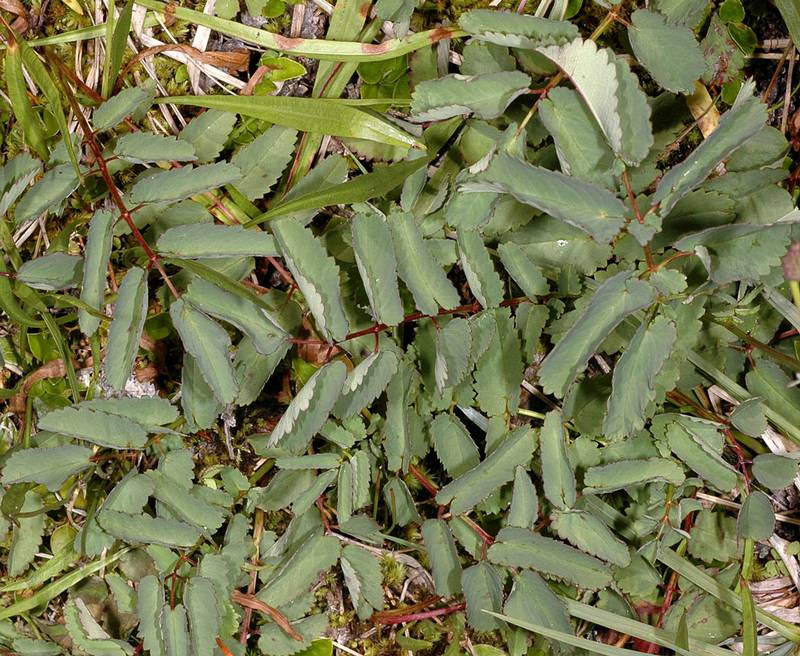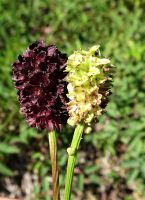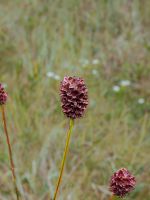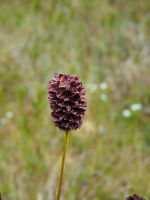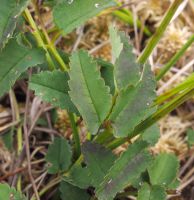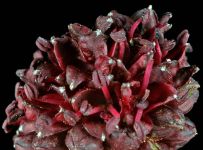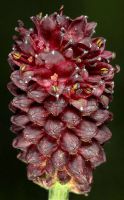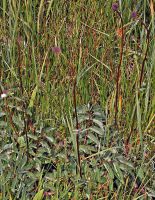Distribution: Occurring west of the Cascades crest on the Olympic Peninsula in Washington; Alaska to California; introduced in eastern North America; circumboreal.
Habitat: Peatlands, wet meadows, marshes, shorelines, and wet forests from the lowlands to subalpine.
Flowers: July-August
Origin: Native
Growth Duration: Perennial
Conservation Status: Not of concern
Pollination: Flies
Glabrous perennial with thick, short rhizomes, the stems erect, simple to sparingly branched, nearly leafless, up to 6 dm. tall.
Leaves mostly basal, pinnate, the blades 8-15 cm. long, the leaflets 9-13, ovate to oblong-lanceolate, 1.5-3 cm. long, serrate, the base rounded to cordate; stipules form membranous margins to the petioles; cauline leaves 1-2, much reduced, their stipules leaf-like.
Inflorescence a broadly cylindric spike 1-2.5 cm. long and 1 cm. broad; flowers maroon or violet to purple, 5 mm. long, each subtended by a papery bract and 2 lateral bractlets; calyx tube brownish-purple, the 4 lobes 2-2.5 mm. long, with 4 lanceolate bracteoles of equal length; petals none; stamens 4, the filaments thick, terete, equal to the sepals; pistils 1-2, the style terminal.
Achene enclosed in the hardened calyx, ellipsoid, narrowly winged on the 4 angles.
Publication: Sp. Pl. 1: 116. 1753.
Sanguisorba microcephala C. Presl
Sanguisorba officinalis L. ssp. microcephala (C. Presl) Calder & Roy L. Taylor
PNW Herbaria: Specimen records of Sanguisorba officinalis in the Consortium of Pacific Northwest Herbaria database
WA Flora Checklist: Sanguisorba officinalis checklist entry
OregonFlora: Sanguisorba officinalis information
E-Flora BC: Sanguisorba officinalis atlas page
CalPhotos: Sanguisorba officinalis photos

